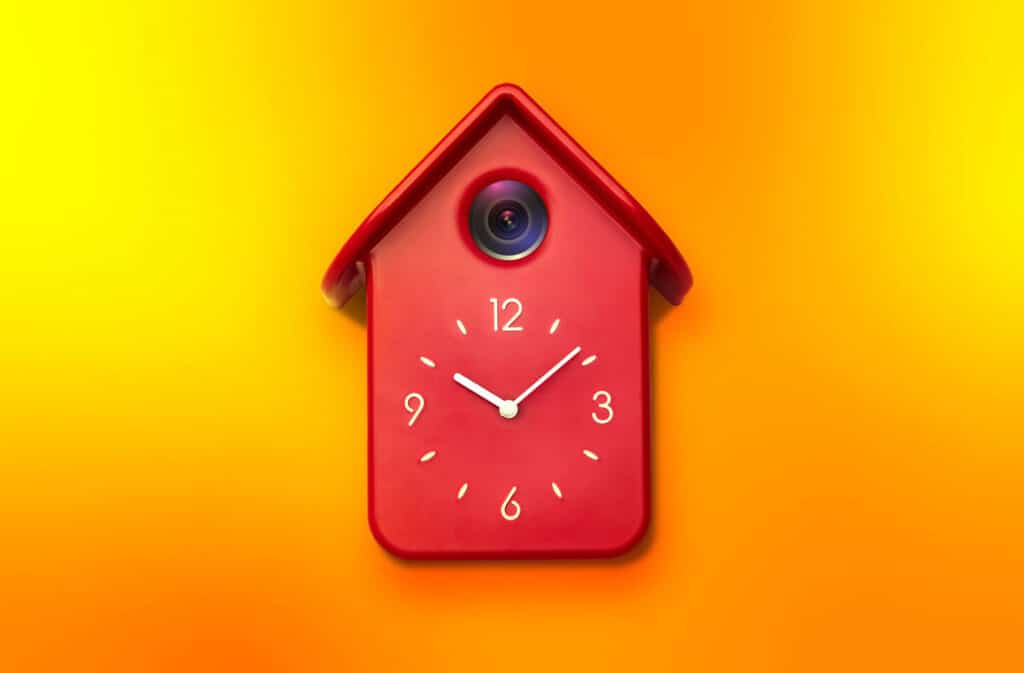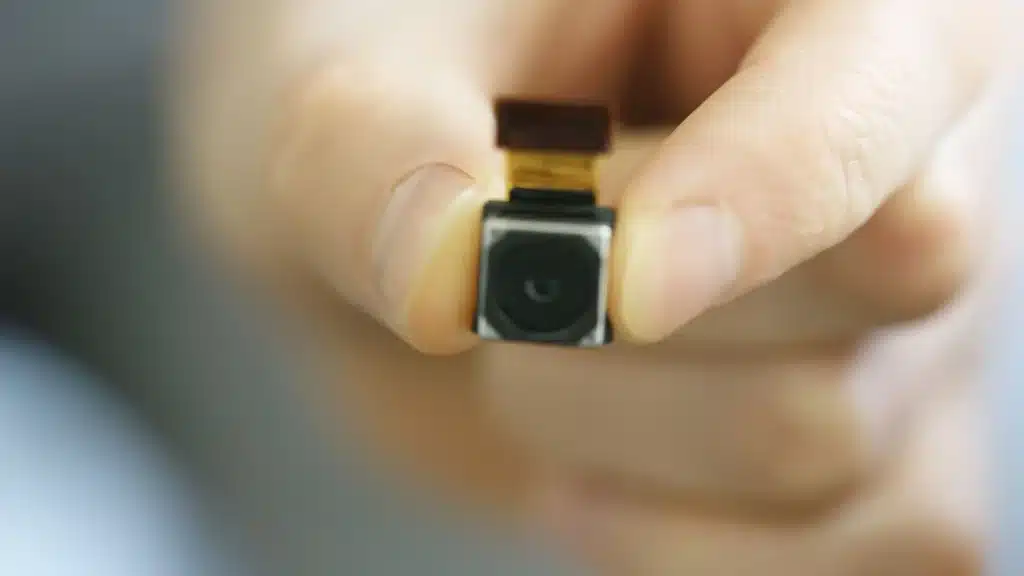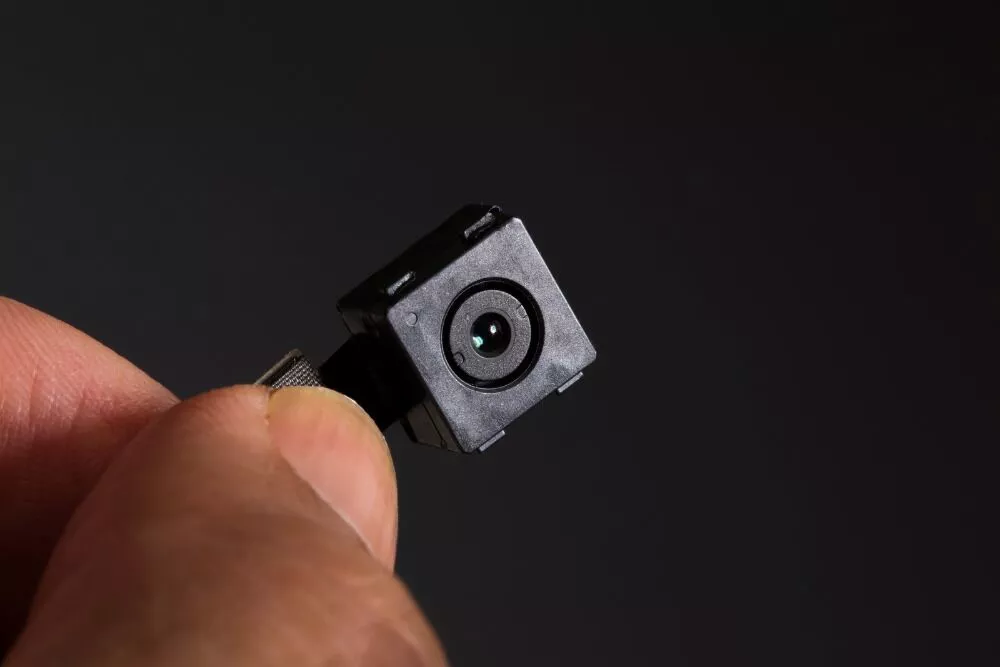In today’s digital age, concerns about privacy and security have become more prevalent than ever. The increasing use of hidden cameras in hotels, rental properties, public spaces, and even private residences has raised red flags among privacy-conscious individuals. While it’s essential to trust the places we stay and visit, taking proactive measures to detect hidden cameras can provide peace of mind and safeguard our personal space. In this tech-savvy guide, we’ll explore five savvy ways to locate hidden cameras, helping you ensure your privacy and security wherever you go.
Contents
1. Sweep the Room with a Camera Detector
Embrace the tech wizardry of camera detectors to sweep your surroundings for hidden cameras discreetly. These nifty gadgets are specifically designed to detect wireless signals emitted by hidden cameras. Simply turn on the camera detector and scan the area, paying attention to any unusual signals or spikes. These devices are user-friendly and portable, making them ideal for travelers and privacy-conscious individuals.
2. Use Your Smartphone’s Camera and Flashlight
Your trusty smartphone can double as a hidden camera detector with a simple trick. Turn off the lights in the room and activate your smartphone’s camera. Slowly pan the camera around the area while looking for any unusual glints or reflections. Hidden camera lenses may emit a subtle light reflection, which can be easily spotted using your smartphone’s camera and flashlight. This quick and easy method can offer an added layer of assurance during your stay.
3. Look for Suspicious Objects
Hidden cameras are often cleverly disguised as ordinary objects, making them harder to detect. During your search, keep an eye out for any unusual or out-of-place objects in the room. Common disguises include smoke detectors, wall clocks, electrical outlets, and even decorative items. Take a closer look at these objects and feel for any signs of tampering or unusual features that might indicate the presence of a hidden camera.
4. Utilize RF Signal Detectors
Radio Frequency (RF) signal detectors are powerful tools to help you locate hidden cameras that transmit data wirelessly. These detectors can identify signals emitted by hidden cameras and other surveillance devices, helping you pinpoint their exact location. By scanning the area with an RF signal detector, you can identify any potential threats to your privacy and security.
5. Observe Anomalies in Mirrors
Two-way mirrors, also known as “one-way mirrors,” can be used to conceal hidden cameras, allowing someone on the other side to monitor your activities discreetly. To check if a mirror is a two-way mirror, place your finger on the surface. If there is a gap between the reflection of your finger and the actual finger touching the glass, it might be a two-way mirror. Additionally, turning off the lights and shining a flashlight on the mirror’s surface can reveal any hidden camera lenses.
Bonus Tip: Perform a Physical Inspection
While modern technology aids in detecting hidden cameras, sometimes, old-fashioned inspection can be just as effective. Conduct a thorough physical search of the room, paying attention to corners, shelves, and furniture. Check for any loose wires or suspicious-looking devices that might raise suspicion. Trusting your instincts and being vigilant can go a long way in ensuring your privacy.
Takeaway
While the thought of hidden cameras can be unsettling, being proactive in detecting them empowers you to protect your privacy and security. Incorporating tech-savvy tools like camera detectors and RF signal detectors can offer peace of mind during your travels or stays in unfamiliar places. Additionally, relying on your smartphone’s camera and flashlight for a quick sweep and performing a physical inspection can add an extra layer of assurance.
Remember that respecting the privacy of others is equally important. If you’re traveling or staying in places where security cameras are typically used for legitimate purposes, such as hotels or public spaces, be mindful and respectful of the property’s policies and regulations.



